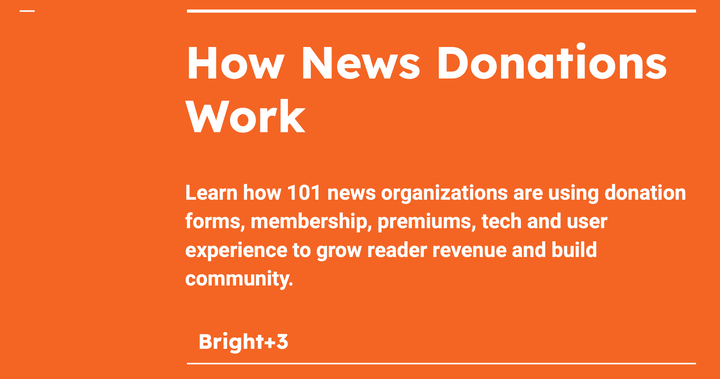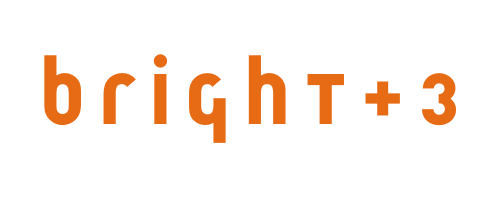
What 101 News Donation Pages can tell you about your fundraising and membership program
What we can learn from looking at how more than 100 news organizations are using donation forms, membership, premiums and user experience to grow reader revenue and build community.
